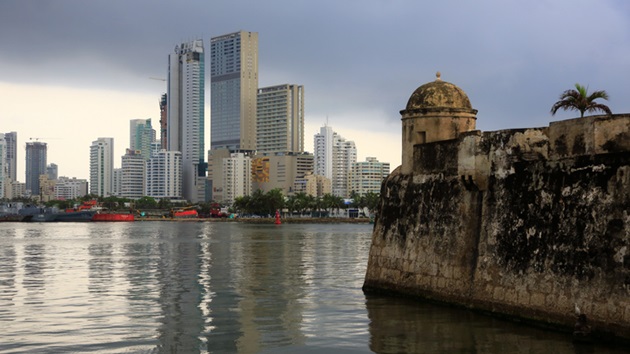
(WASHINGTON) — As a gang-led rebellion continues to surge through Haiti, the U.S. on Wednesday orchestrated two helicopter airlifts from Port-au-Prince — evacuating more than 30 stranded Americans to the Dominican Republic, according to the State Department.
After officials spent days weighing escape routes for citizens trapped in the perilous capital city, State Department deputy spokesperson Vedant Patel announced in a briefing that an operation involving government-chartered helicopters would get underway in the hours ahead, with multiple flights planned to help as many people depart as possible.
“Of course, the situation on the ground is one of the biggest factors into determining the frequency at which we can do this,” Patel said.
Another official later said that the State Department intends to facilitate the departure of roughly 30 Americans via two helicopter flights each day through the duration of the mission and that government personnel would be on hand in the Dominican Republic to help individuals book commercial travel back to the U.S upon landing.
But this official cautioned that the department’s ability to continue running the flights would depend on security conditions in Haiti and the availability of commercial charters, as well as ongoing demand for evacuations.
Patel said in Wednesday’s briefing that the number of Americans that had reached out to the U.S. Embassy in Haiti through its crisis intake form was approaching 1,600, but that many had not asked for help departing the country.
For those who do wish to leave, there are few viable options, according to officials. Gangs have laid siege to Port-au-Prince’s airport, and warfare between the criminal groups, the country’s beleaguered authorities and bands of vigilantes have made traveling by road treacherous.
An official said that members of the State Department’s Diplomatic Security Service are working with the Department of Defense to provide security for departing citizens and the helicopter landing zone — which is very near the embassy, according to a defense official — but embassy security alerts have repeatedly cautioned Americans in Haiti that they must make their own way to departure points, instructing individuals to “assess your own safety when deciding whether to travel.”
The U.S. on Sunday organized a charter flight from Cap-Haïten, a city in northern Haiti, that brought approximately 30 Americans to Miami, and State Department officials say they are continuing to evaluate other departure options from the region.
Republican politicians and private companies have also organized their own evacuations. Florida Gov. Ron DeSantis said his state chartered a flight from Haiti that landed in Orlando late Wednesday.
Many fear that the already dismal conditions in the country are only becoming more dire. UNICEF said on Tuesday that the country’s health care system is on the verge of collapse, and aid groups say the latest wave of violence has made reaching vulnerable populations impossible.
The Biden administration has allocated more than $50 million in humanitarian assistance for Haiti in recent days and is counting on a multinational security force led by Kenya to restore order to the country.
However, Kenyan officials say they will only consider launching that force when Haiti installs a new leader.
Secretary of State Antony Blinken, Haitian stakeholders and Caribbean leaders struck an agreement early last week to launch a transitional council to appoint an interim prime minister.
U.S. officials initially anticipated that process would take up to 48 hours, but the council has yet to take shape — further pushing off prospects for international intervention.
Copyright © 2024, ABC Audio. All rights reserved.









